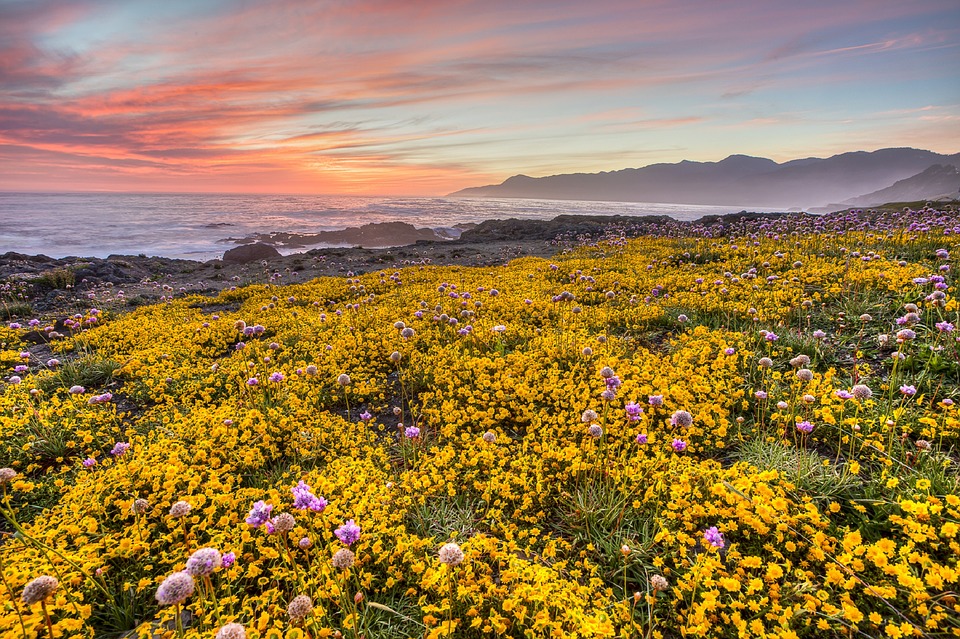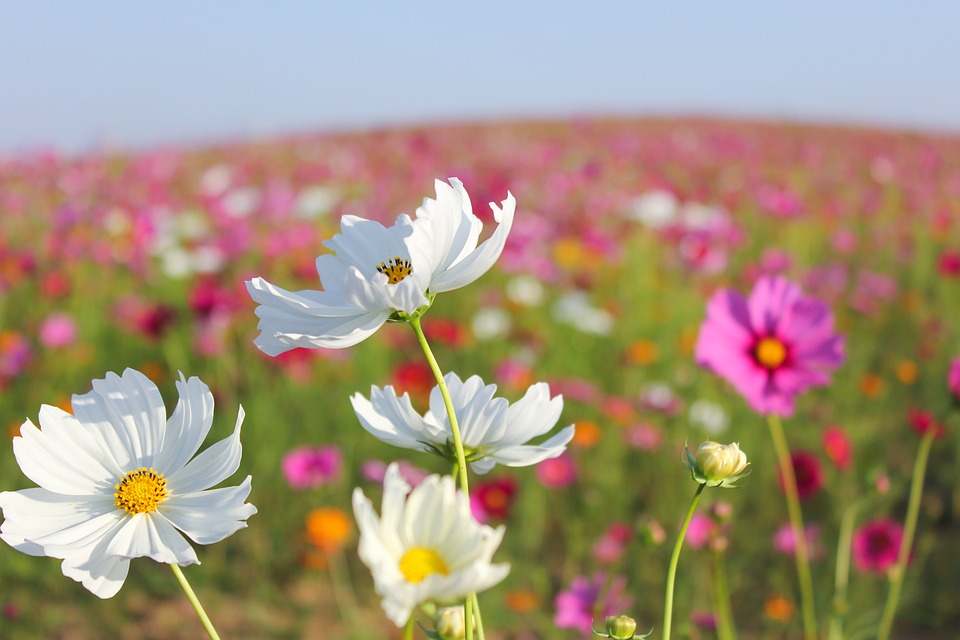Wildflower meadows
by Ailsa Harvey · 11/10/2019
Discover the wild side of meadows and how you can make your own

Wildflower meadows, though vibrant and beautiful, play a vital role in maintaining pollinator populations, increasing biodiversity and providing habitats.
Whether it’s the delicate foxglove or the humble cow parsley, wildflowers help support the 1,500 species of pollinator in the UK, offering food and shelter for insect pollinators such as bees and butterflies. And the more diverse a meadow’s wildflower species is, the larger the diversity of pollinators that visit them, also helping to maintain insectivore populations. Ecologically productive as they may be, these types of meadows typically grow in unproductive soil.
Soils that are shallow, poor at holding water or acidic are categorised as unproductive. Grass species in particular can dominate a meadow with productive soils, out competing wildflowers such as bluebells. Yet despite this, wildflowers have adapted to thrive in these harsher conditions to keep the competition at bay.
However, these fl ower-rich fields have been declining dramatically. Around 97 per cent of UK wildflower meadows have been lost since the 1930s, occupying only one per cent of the UK’s land area. This is a result of agricultural progress
and land development. The introductions of livestock farming and herbicides have contributed to the removal of wildflower meadows, while the use of fertilisers has allowed surrounding soil to become more productive, meaning dominant grass species can threaten wildflowers. The development of roads and residential homes has also played a part in this concerning decline.
Ecological charities and organisations such as Plantlife and Kew Gardens campaign to reclaim wildflower meadows in the UK. From protecting wildflower roadside verges to making our gardens more ‘wild’, these efforts aim to support
the declining pollinator populations.

Make your own meadow in seven steps
- The right space– Use a section of lawn or an old flowerbed, the bigger the better.
- Digging up -Reduce the quality of your soil by removing the topsoil (around 15 centimetres) to rid the soil of any fertilisers.
- Turning over– Dig and turn the remaining soil until it is fine.
- An autumnal affair– The best time to sow wildflower seeds is during the autumn season.
- Spotting your seed– Use a pale coloured sand to top off the turned soil, but don’t use builder’s sand. This will allow you to see where you have sown your wildflower mix.
- Use your feet– Don’t rake or cover the seeds with soil. Simply tread them into the ground so they come into contact with the soil.
- A midsummer trim– Once your wildflower meadow has started to bloom don’t mow it until midsummer.
This article was originally published in How It Works issue 105, written by Scott Dutfield
For more science and technology articles, pick up the latest copy of How It Works from all good retailers or from our website now. If you have a tablet or smartphone, you can also download the digital version onto your iOS or Android device. To make sure you never miss an issue of How It Works magazine, subscribe today!




